- Home
- TV History
- Network Studios History
- Cameras
- Archives
- Viewseum
- About / Comments
Skip to content
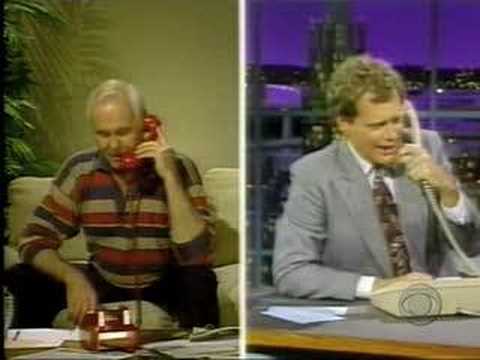

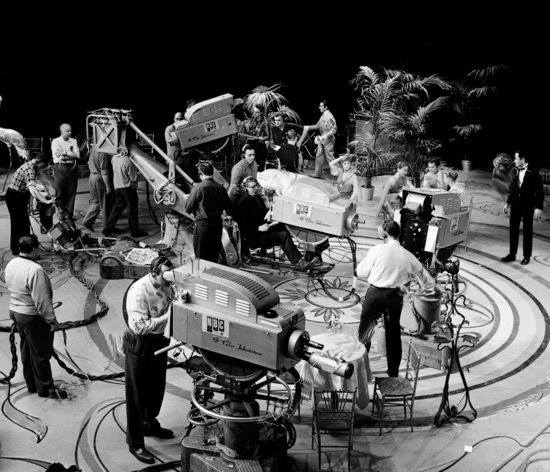

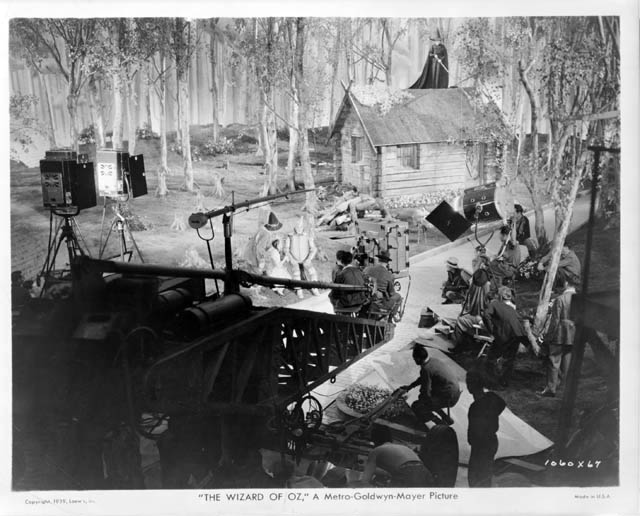



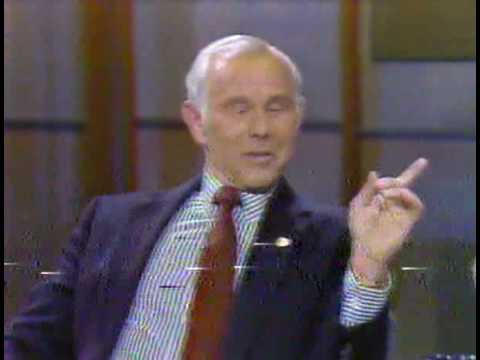



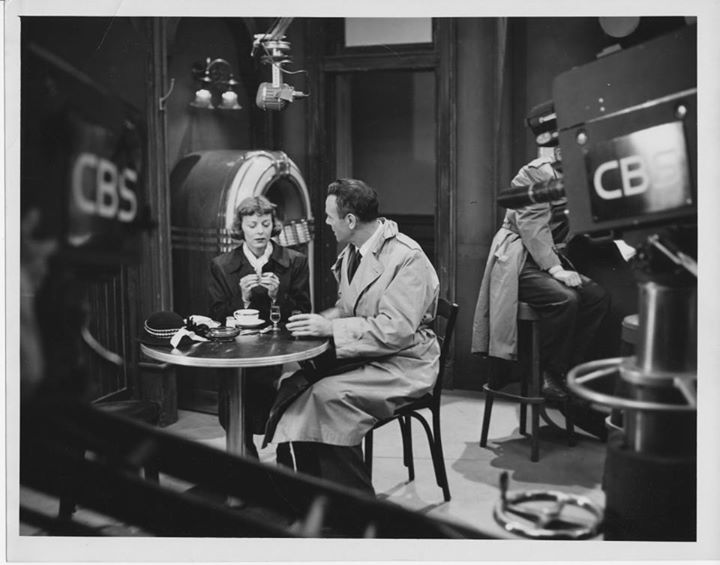

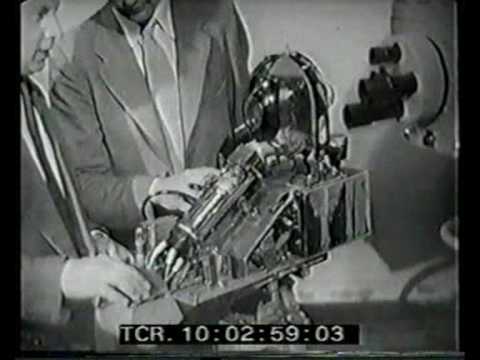

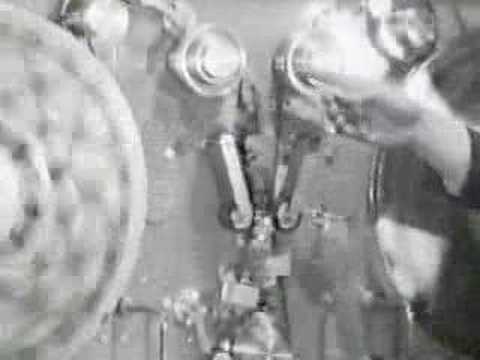

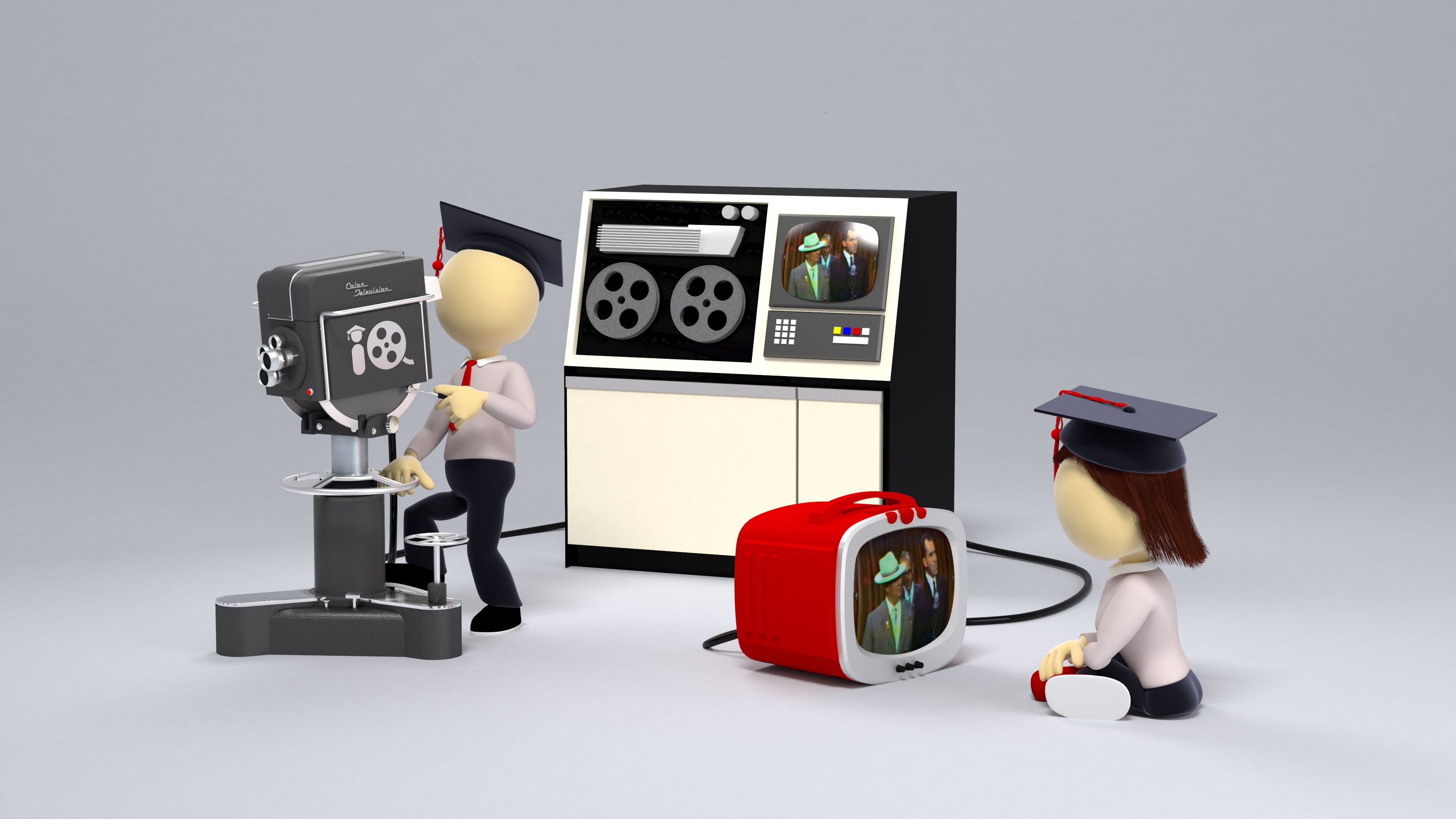

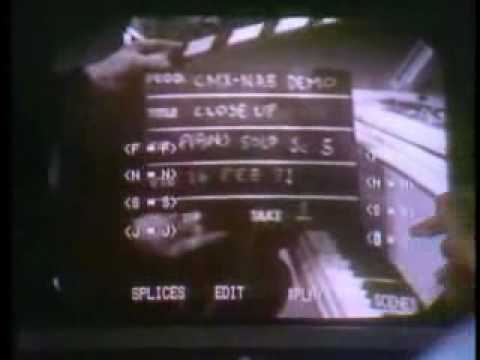

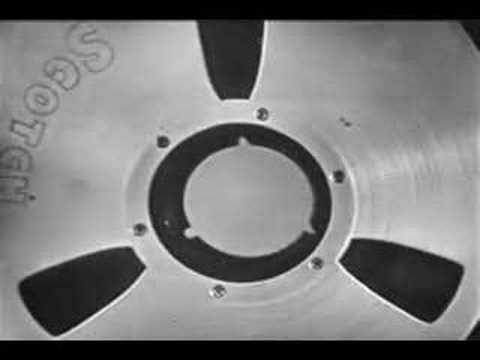



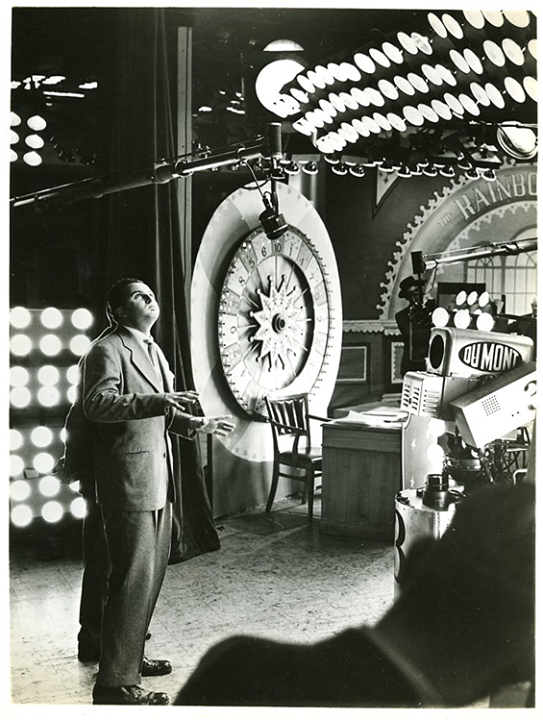

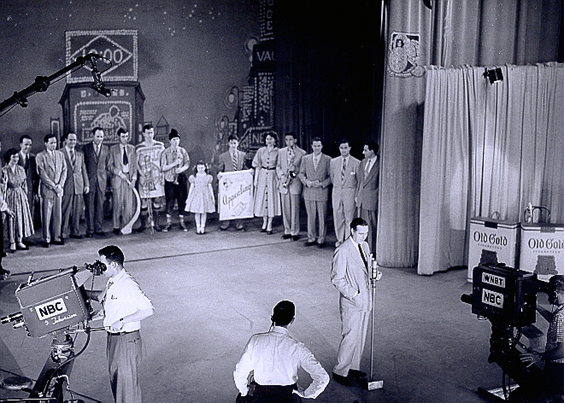

Posts in Category: TV History
Page 109 of 136
« Previous
1
2
3
4
5
6
7
8
9
10
11
12
13
14
15
16
17
18
19
20
21
22
23
24
25
26
27
28
29
30
31
32
33
34
35
36
37
38
39
40
41
42
43
44
45
46
47
48
49
50
51
52
53
54
55
56
57
58
59
60
61
62
63
64
65
66
67
68
69
70
71
72
73
74
75
76
77
78
79
80
81
82
83
84
85
86
87
88
89
90
91
92
93
94
95
96
97
98
99
100
101
102
103
104
105
106
107
108
109
110
111
112
113
114
115
116
117
118
119
120
121
122
123
124
125
126
127
128
129
130
131
132
133
134
135
136
Next » Letterman Tribute To Johnny Carson, Part 3
On July 27, 2013
- TV History
Letterman Tribute To Johnny Carson, Part 3 of 6
A week or so after Carson’s death, Dave did a great tribute show to his mentor…this is part 3.
https://www.youtube.com/watch?v=L3k2OELRIWo
Dave shows some short clips of Johnny Carson appearances on Dave’s Show. Please visit CBS.com for more great Letterman clips.
The Bell Telephone Hour…1959-1968
On July 26, 2013
- TV History
The Bell Telephone Hour…1959-1968
Above is a clip from ‘The Bell Telephone Hour’, an NBC classic that focused on music, both classical and Broadway. This was one of the first TV series to be telecast exclusively in color and recorded on videotape. In this photo, RCA TK41s at NBC Brooklyn circle up for a scene “from the inside out” as they prepare to shoot four performers against a 180 degree cyclorama.
Letterman Tribute To Johnny Carson, Part 2
On July 26, 2013
- TV History
Letterman Tribute To Johnny Carson, Part 2 of 6
A week or so after Carson’s death, Dave did a great tribute show to his mentor…this is part 2.
https://www.youtube.com/watch?v=oDrxOM3jsxY
Dave talks about just how great Johnny Carson was and shows a clip of a prank that Carson played on Letterman. Please visit CBS.com for more great Letterman …
Follow The Yellow Brick Road…
On July 25, 2013
- TV History
Follow The Yellow Brick Road…
In this rare photo from ‘The Wizard Of Oz’ we see one of the huge Techincolor cameras in action. Production on the bulk of the Technicolor sequences was a long and cumbersome process that ran for over six months, from October 1938 to March 1939. Most of the actors worked six days a week and had to arrive at the studio as early as four or five in the morning to be fitted with makeup and costumes, and would not leave until seven or eight at night. Cumbersome makeup and costumes were compounded by the fact that the early Technicolor process required a significant amount of lighting to be used (due to the low ASA speed of the film), which would usually heat the set to over a hundred degrees
Letterman Tribute To Johnny Carson, Part 1
On July 25, 2013
- TV History
Letterman Tribute To Johnny Carson, Part 1 of 6
A week or so after Carson’s death, Dave did a great tribute show to his mentor. In this part, all the jokes in the monologue were written by Carson and faxed to Dave in the month prior. Dave speaks of this in some later segments that I’ll posting tomorrow.
http://www.youtube.com/watch?v=4BiHLK5lFvQ
Dave’s opening monologue consists entirely of jokes sent to him from Johnny Carson. Then Paul Shaffer and the CBS Orchestra play Carson’s theme song. This ep…
His Master’s Voice…
On July 25, 2013
- TV History
His Master’s Voice…
Here’s a rare moment…Johnny Carson as a guest on David Letterman’s show in 1985. Enjoy!
http://www.youtube.com/watch?v=gehruIvKoXs
Johnny making an appearance on Letterman Show in Burbank CA @ NBC Studios
Q Card Hell!
On July 23, 2013
- TV History
Q Card Hell!
Can you imagine? Here’s an associate producer working on Q cards for a show at CBS Television City. Can you imagine what chaos there would be on a live show if these were out of order?
Episode 1, ‘Studio One’…’The Storm, November 7, 1948
On July 22, 2013
- TV History
Episode 1, ‘Studio One’…’The Storm, November 7, 1948
Also known as Westinghouse Studio One, Studio One From Hollywood, Summer Theater and Westinghouse Summer Theater, this series of dramas ran on CBS from ’48 to ’58. ‘Twelve Angry Men’ was one of the many blockbuster presentations in this series that was always among the top rated shows and an Emmy magnet.
Shown here are Margret Sullivan and Dean Jagger. Notice the extended arm on the HF Panoram dolly. More, a few posts below.
The Cameras Of The BBC
On July 20, 2013
- TV History
Quite Interesting
This gives us a look at a lot of the different cameras the BBC used up till 1956, including the new Marconi color camera the BD 848 which is very similar to the RCA TK41 for a reason…Marconi was licensed by RCA to use their technology. Most of the cameras seem to be EMI models. Enjoy.
http://www.youtube.com/watch?v=2G36AaMDFdM
A Panorama programme from June 1956, with Richard Dimbleby, showing a behind the scenes view of technological advances in BBC Television. Showing the studios…
BBC’s Early Video Tape Experiments…
On July 20, 2013
- TV History
BBC’s Early Video Tape Experiments…
This is very much like the RCA test model built in 1950. I think both systems used 1/2 inch tape but they moved at 200 inches per second and could only record 15 minutes of programming, even though the reels were huge.
http://www.youtube.com/watch?v=0f1GDQDB0Ss
Early video tape machine developed by the BBC starting in 1952. VERA – an acronym for Vision Electronic Recording Apparatus – used half inch magnetic tape on…
Historically Speaking…History Of Editing
On July 19, 2013
- TV History
Historically Speaking…
This is a very interesting history of the way television shows were broadcast and recorded first to Kinescopes and later to videotape and how they were edited. Did you know ‘Laugh In’ episodes took over 50 hours to edit? This take us all the way up to Avid systems.
https://www.youtube.com/watch?v=TIVYeyWHajE
Trace the history of modern day film editing – starting with electronic engineers developing solutions for capturing and editing television through to the fi…
A Real Breakthrough…First Non Linear Editing
On July 18, 2013
- TV History
A Real Breakthrough…at the time
Very interesting demo of the first nonlinear editing system from 1971.
http://www.youtube.com/watch?v=9bNmsKBqFPQ
The CMX 600 was the very first non-linear video editing system. It was introduced in 1971 by CMX Systems, a joint venture between CBS and Memorex. CMX referr…
The Way Back Machine…This is a 1961 tape effects sales demo
On July 18, 2013
- TV History
The Way Back Machine…
This is a 1961 tape effects sales demo from KTTV in Los Angeles. Quite interesting.
http://www.youtube.com/watch?v=qZUbtrZUAY8
1961 demonstration of video based effects by Los Angles based KTTV. Called “Television Tape” as Ampex had trademarked “Videotape” http://www.televisiontape.t…
The Original Amateur Hour With Ted Mack
On July 16, 2013
- TV History
The Original Amateur Hour With Ted Mack: Part 1
Long before ‘American Idol’, ‘Star Search’ and even Arthur Godfrey’s ‘Talent Scout’ came to television, there was this. As you’ll see below in the other 3 parts, this was the granddaddy of them all. Between the radio and television years, the show discovered the likes of Frank Sinatra, Pat Boone, Ann Margret, Gladys Knight, Irene Kara, Tonya Tucker and more.
Not long ago, the longtime television producer of this show, Albert Fisher sent me these photos. I hope you’ll enjoy the pictures and the story that unfolds here as there is REAL HISTORY here!
Before we get to far along though, notice the Dumont Iconoscope camera pedestal. This is the only photo I’ve ever seen where you can clearly see the height adjustment wheel which is just in front of the pan head. I had always wondered how the camera was raised and lowered on what many Dumont cameramen affectionately called this pedestal…”the milk truck”. Enjoy!
The Original Amateur Hour With Ted Mack: Part 2
On July 16, 2013
- TV History
The Original Amateur Hour With Ted Mack: Part 2
Like many other shows that moved from radio to TV, this one was a continuation of ‘Major Bowes Amateur Hour’ which had been a radio staple from 1934 to 1945. Major Edward Bowes, the originator of the program and its master of ceremonies, left the show in 1945 and died the following year. He was ultimately succeeded by Ted Mack, when the show was brought into television in 1948.
Despite the program’s title, it was generally only a half-hour show, the only exception to this rule being from March 1956 to June 1957 on ABC, when it was expanded to an hour. The format was almost always the same. At the beginning of the show, the talent’s order of appearance was determined by spinning a wheel. After it was announced how many episodes the current one marked (the final broadcast on CBS being the 1,651st), the wheel was spun. As the wheel spun, the words “Round and round she goes, and where she stops nobody knows” were always intoned. From the late 1950s forward, the wheel was gone. The photo below was taken during a quick rehearsal at the Adelphi Theater and is courtesy of Albert Fisher…the shows longtime producer.
The Original Amateur Hour With Ted Mack: Part 3
On July 16, 2013
- TV History
The Original Amateur Hour With Ted Mack: Part 3
The series is one of only six shows to appear on all four TV networks during the Golden Age of Television…the others were The Arthur Murray Party; Down You Go; The Ernie Kovacs Show; Pantomime Quiz; and Tom Corbett, Space Cadet. The television debut came on January 18, 1948 on the DuMont Television Network with Mack as the host and was broadcast live weekly, at 7 PM Sunday evenings on DuMont until September 25, 1949. The show then moved to NBC Television in October 1949 where it remained until September 1954.
From October of 1955 till June of ’57, the show aired on ABC, then returned to NBC (July 1957 to October 1958). It then ran from May 1959 to October 1959 on CBS, before returning to ABC for a last prime-time run from March 1960 to September 26, 1960. Even then the show wasn’t finished—it ran for another decade as a late-Sunday-afternoon feature on CBS, beginning on October 2, 1960.
Many long-running CBS shows were cancelled in 1970-71 because they attracted viewers of an older demographic. However, Ted Mack beat CBS to the punch and terminated the Original Amateur Hour of his own volition. The final show was broadcast on September 27, 1970 giving the show a 22 year run. This photo is of the show at NBC and is courtesy of Albert Fisher…long time producer of the show.
Page 109 of 136
« Previous
1
2
3
4
5
6
7
8
9
10
11
12
13
14
15
16
17
18
19
20
21
22
23
24
25
26
27
28
29
30
31
32
33
34
35
36
37
38
39
40
41
42
43
44
45
46
47
48
49
50
51
52
53
54
55
56
57
58
59
60
61
62
63
64
65
66
67
68
69
70
71
72
73
74
75
76
77
78
79
80
81
82
83
84
85
86
87
88
89
90
91
92
93
94
95
96
97
98
99
100
101
102
103
104
105
106
107
108
109
110
111
112
113
114
115
116
117
118
119
120
121
122
123
124
125
126
127
128
129
130
131
132
133
134
135
136
Next »